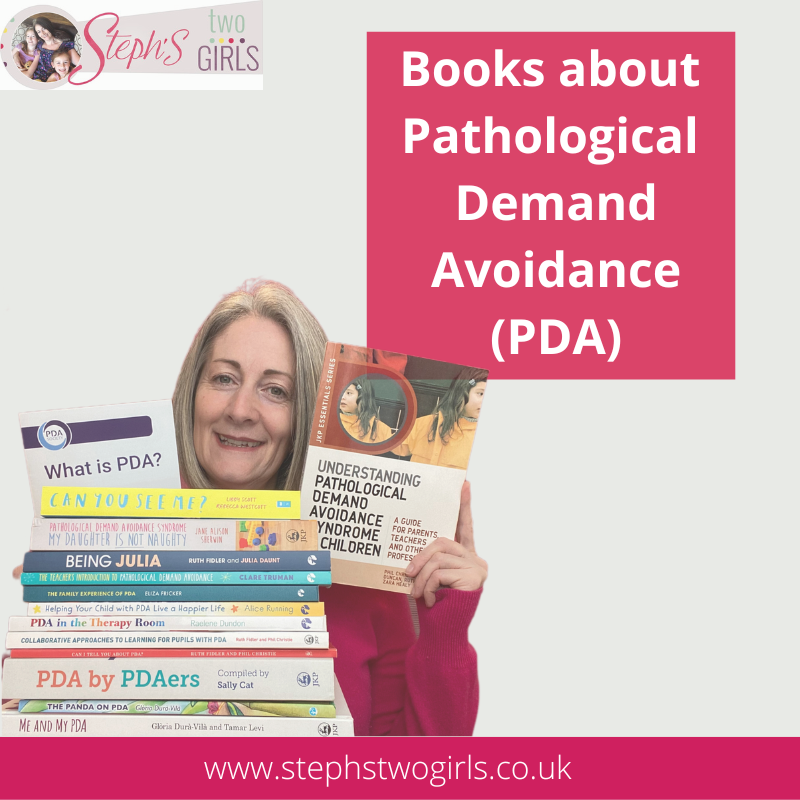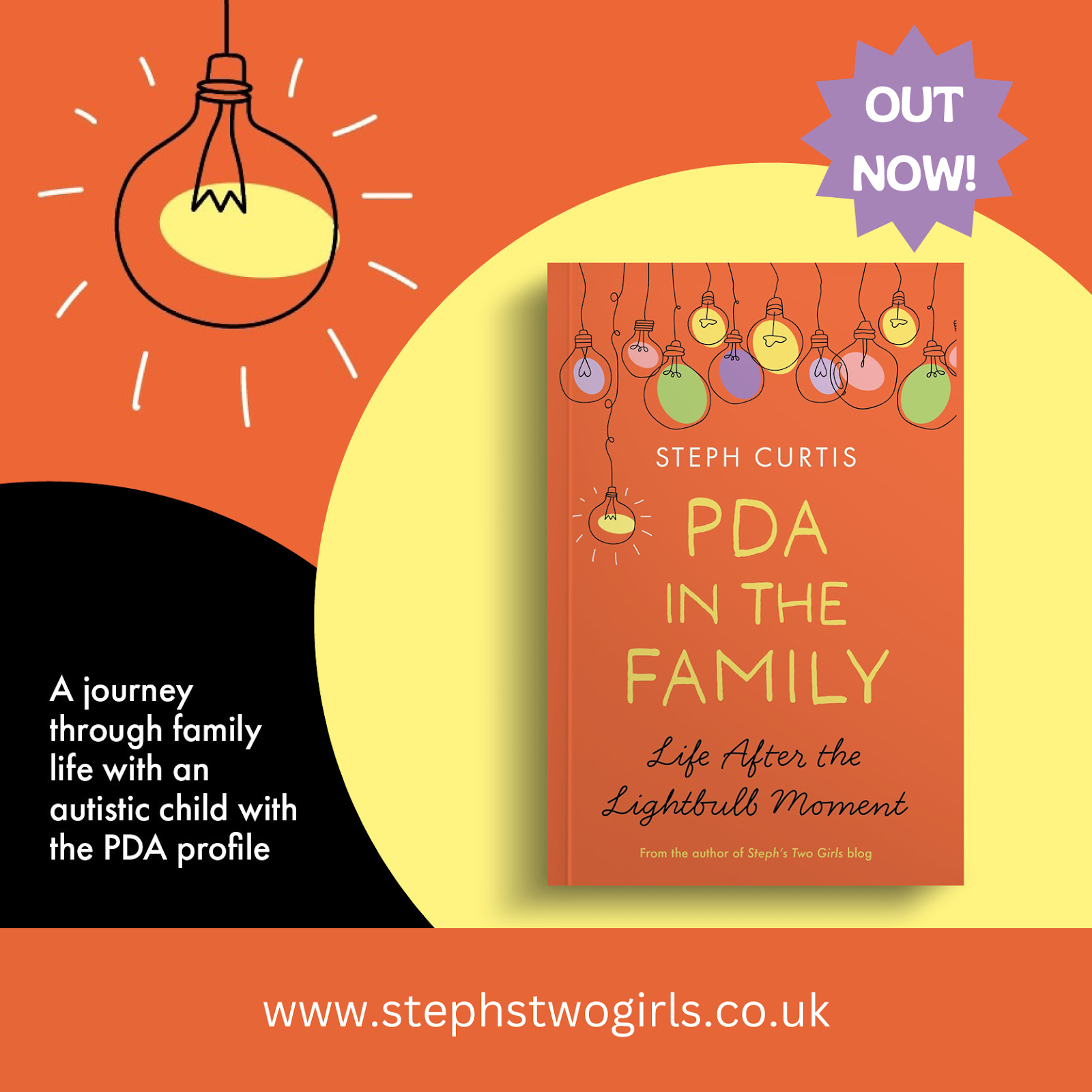That was how I felt yesterday, as Sasha joined in with a Potential Kids social session which has been set up for autistic teen girls. The theme was art and I’ll admit to feeling slightly nervous as the art specialist stood up and explained for around ten minutes what she hoped the girls would achieve. The idea was that they would be joining in with a much wider art project for the whole of the East of England, looking at what we love most about where we live, or how we’d like where we live to look.
I’m happy to report that I was wrong; my fears were unfounded. Sasha fidgeted as the artist spoke and it looked like she wasn’t listening, but she was taking it all in and was impatient to start. She was a bit on edge initially after getting her paper to work with because she wasn’t quite sure how to relay her ideas onto it, but after a short chat with the artist she began and I was blown away with what Sasha produced. Her idea was a furry/fuzzy world where everything is soft - the photo above shows just two of the buildings in it. I loved it! The artist picked up Sasha's work to show to the rest of the group, which was a lovely way to boost Sasha's confidence too.
What I also love, is the fact that Sasha was out of the house for a change, in a social environment, enjoying herself. Since she is no longer able to attend school, that doesn't happen very often. I have the amazing team behind Potential Kids to thank for this opportunity to socialise. I’m always in awe of parents who have children with additional needs themselves who still manage to go on and arrange activities like this for other families. Because they know they are needed. And they understand what is needed, and they do their best to make it happen.
So a HUGE thank you from me to Angela, and Susanna, and the rest of the team involved with Potential Kids. They run lots of different sessions for neurodiverse children, from sports to tech (Sasha also went to a Minecraft club last year!). Please do go and give their Facebook page a like, and visit their website at www.potentialkids.org
Any support they get helps raise more awareness, and with that hopefully more donations - small charities like this are often struggling in terms of funds, and every little helps! If you know of any good ways for small charities to get more funding, please do let them know....
(* I'd also kiss Dr.Ross Greene if I ever got to meet him - his website, Lives In The Balance, with lots of free resources for both parents and educators, is amazing too!)
To find out more about our experiences, please check out our 'About Us' page. If you are looking for more information on Pathological Demand Avoidance, the posts below may help.
What is PDA (Pathological Demand Avoidance)?
Ten things you need to know about Pathological Demand Avoidance
Does my child have Pathological Demand Avoidance?
The difference between PDA and ODD
Strategies for PDA (Pathological Demand Avoidance)
Pathological Demand Avoidance: Strategies for Schools
Challenging Behaviour and PDA
Is Pathological Demand Avoidance real?
Autism with demand avoidance or Pathological Demand Avoidance?
To follow me on other social media channels, you can find me at the following links or click the icons below!























Glad it as worked out!
ReplyDeleteI am going to have to check this out. I have 2 boys with Additional needs and I think this would be perfect for them. Thanks for sharing
ReplyDelete